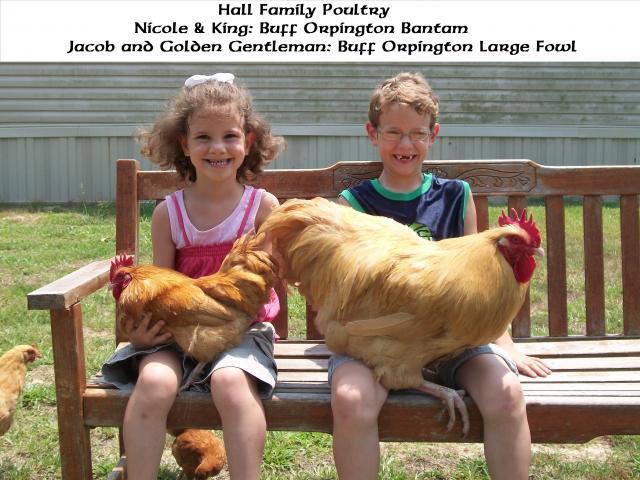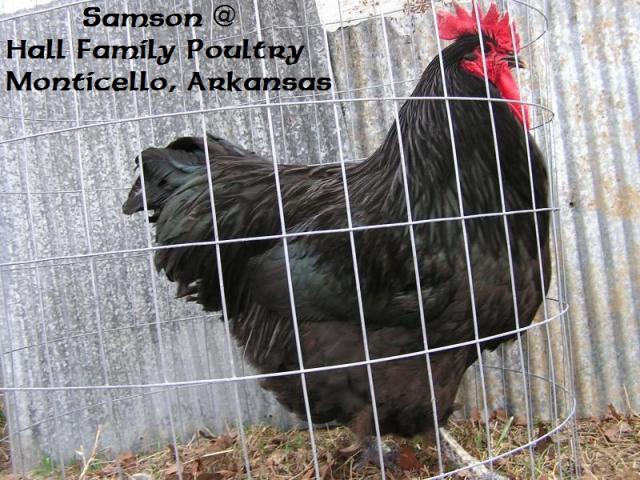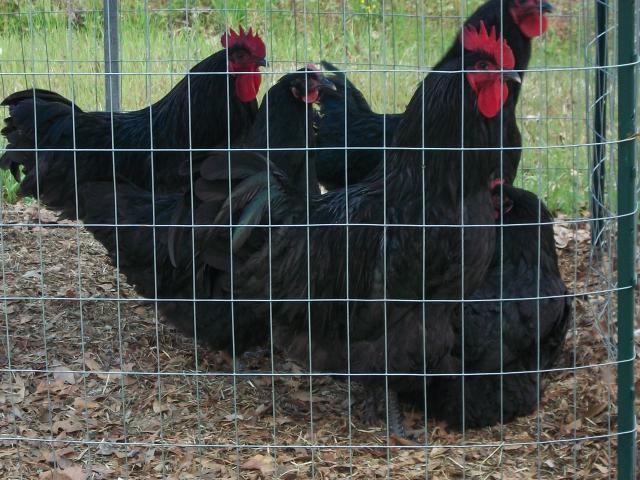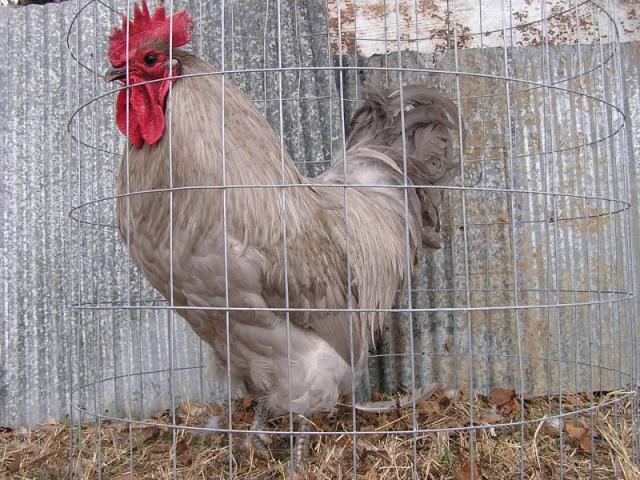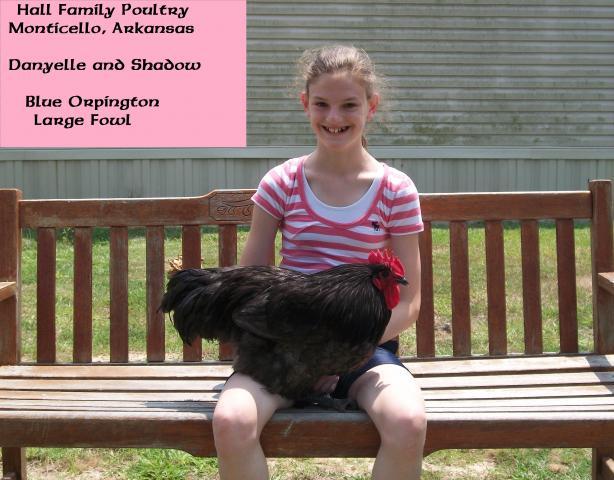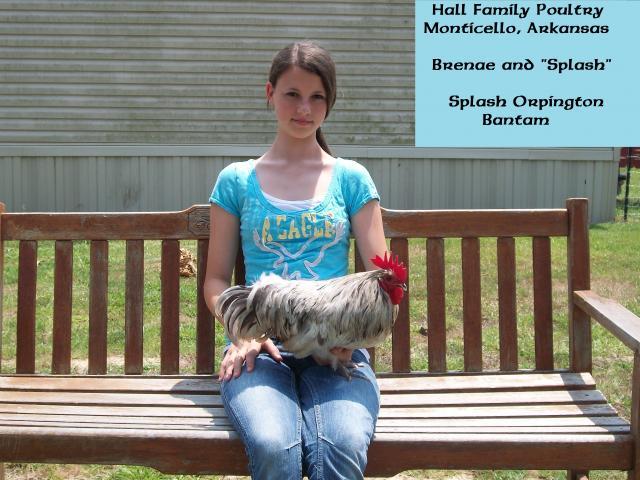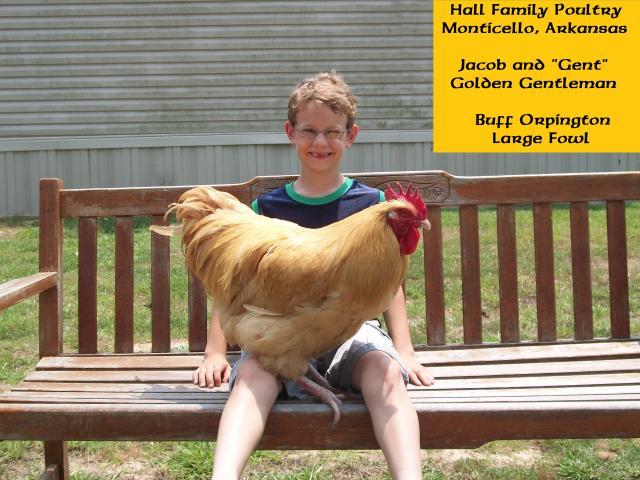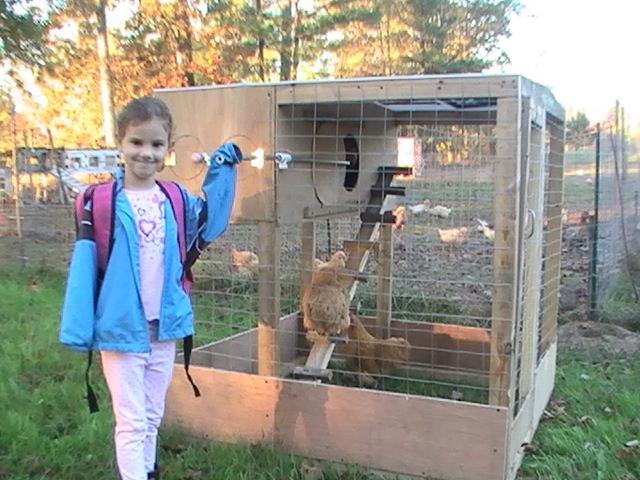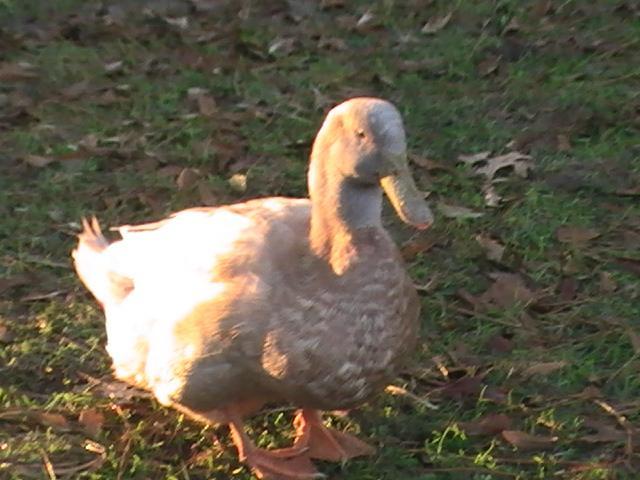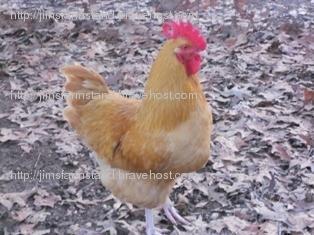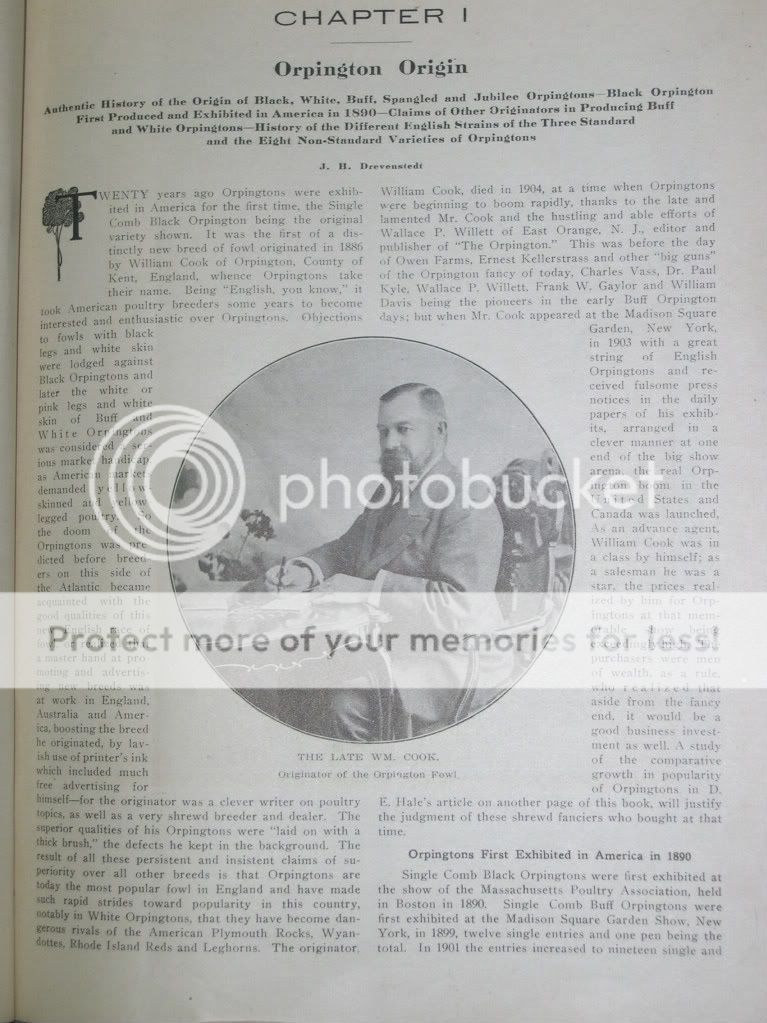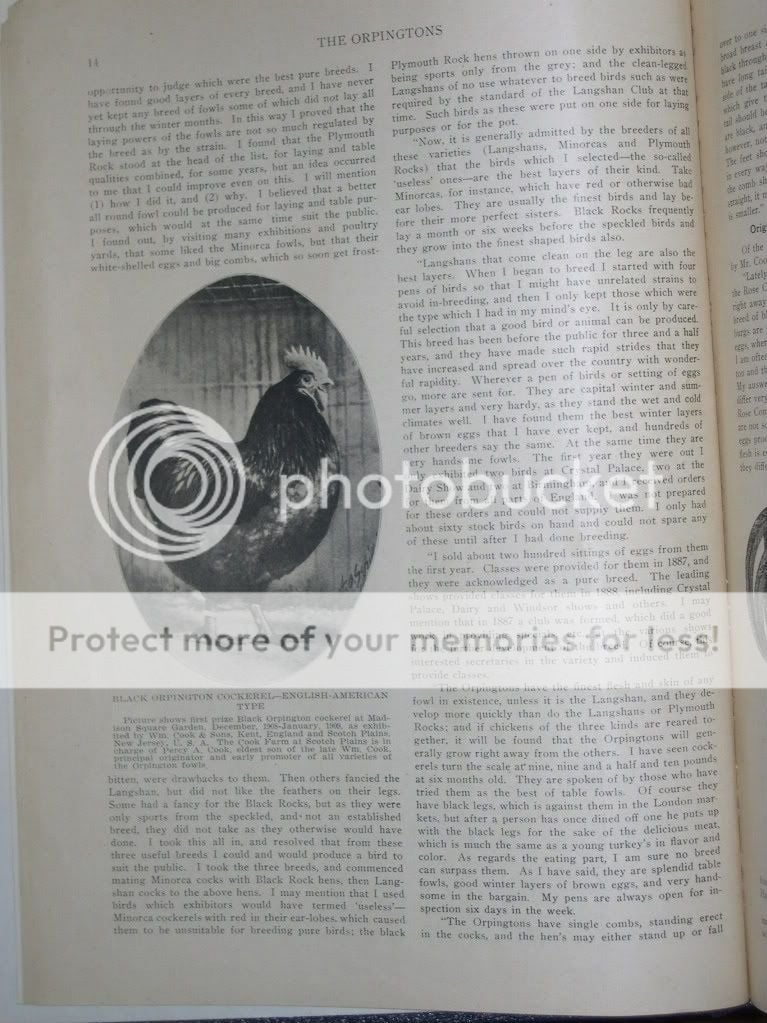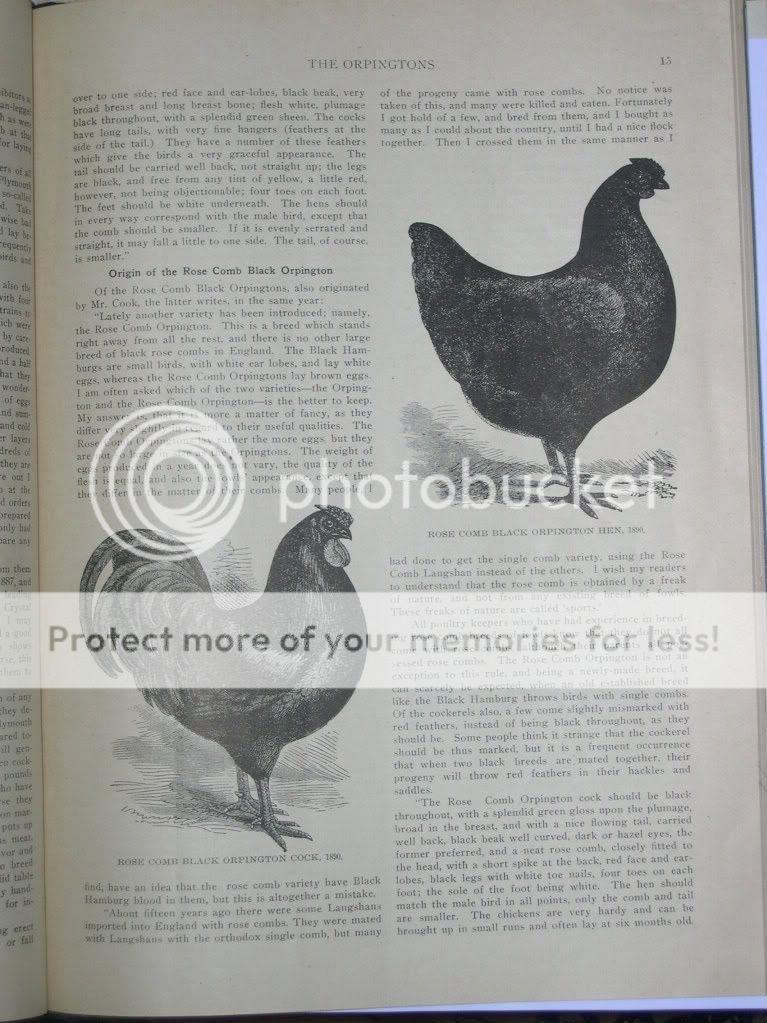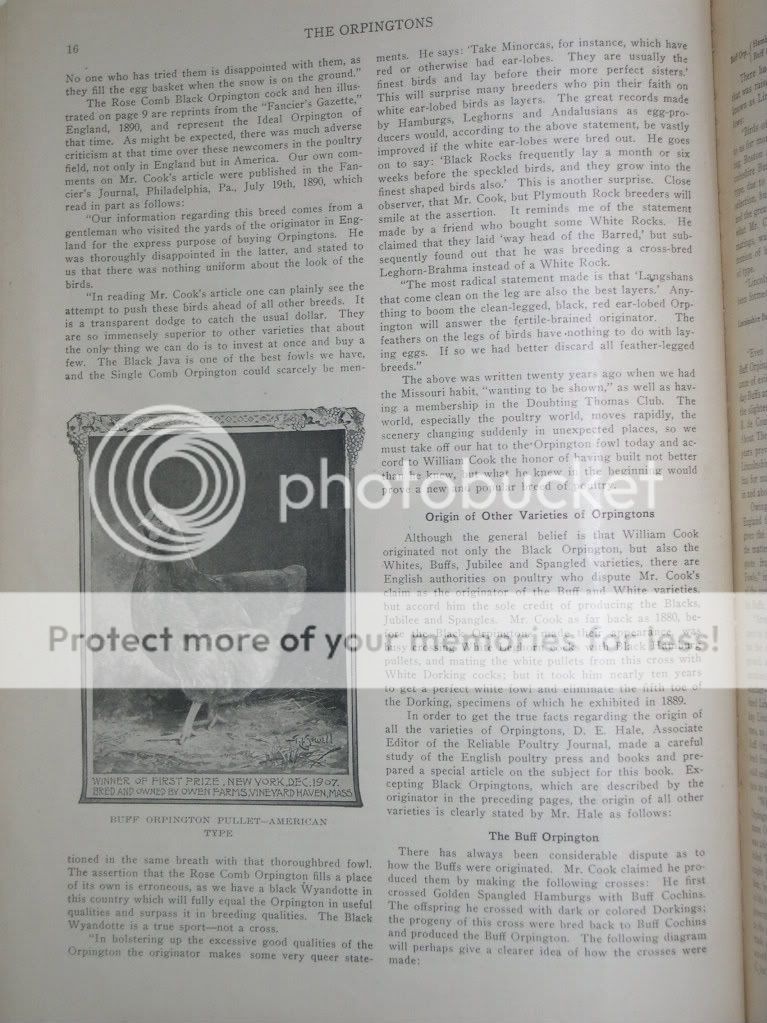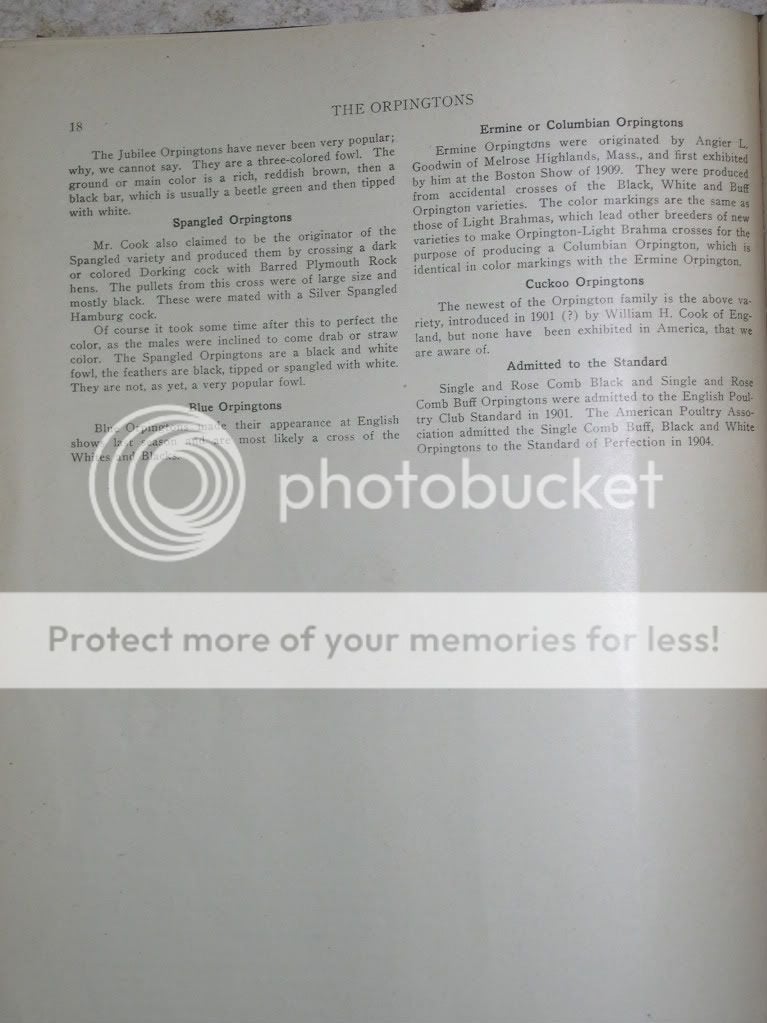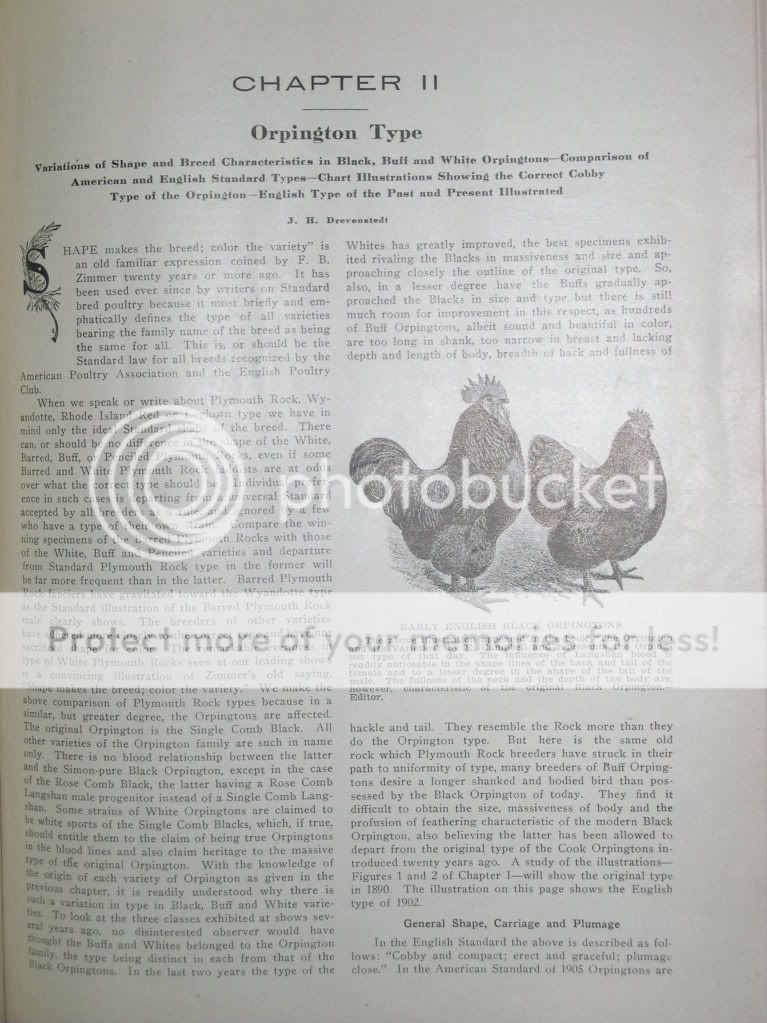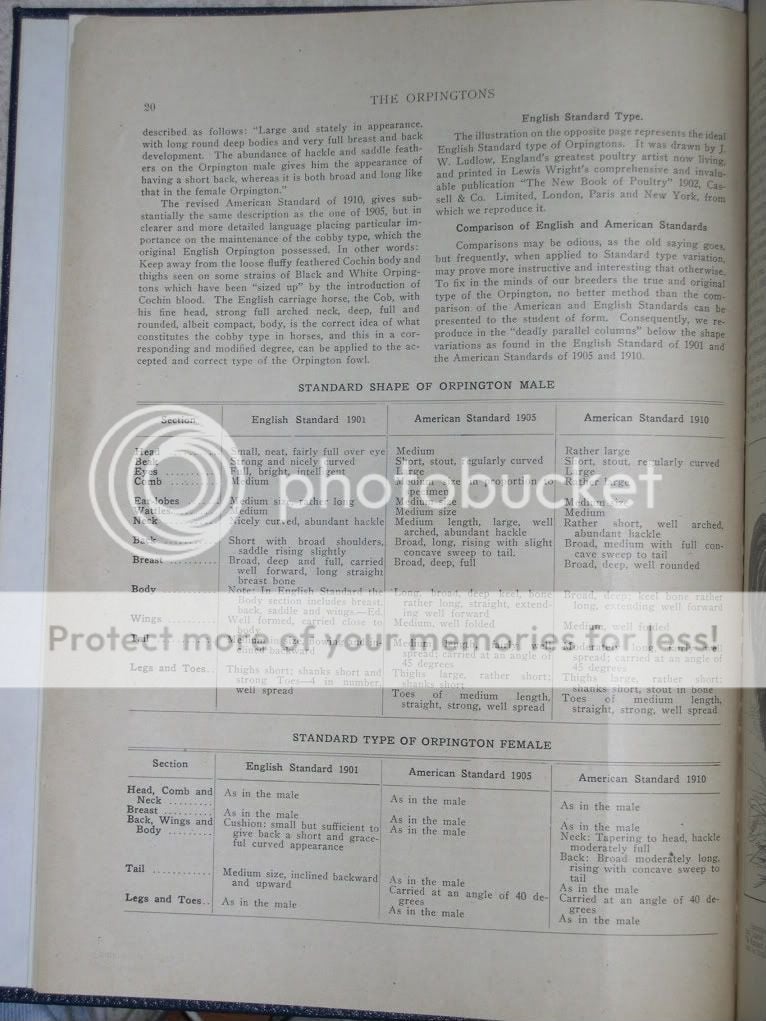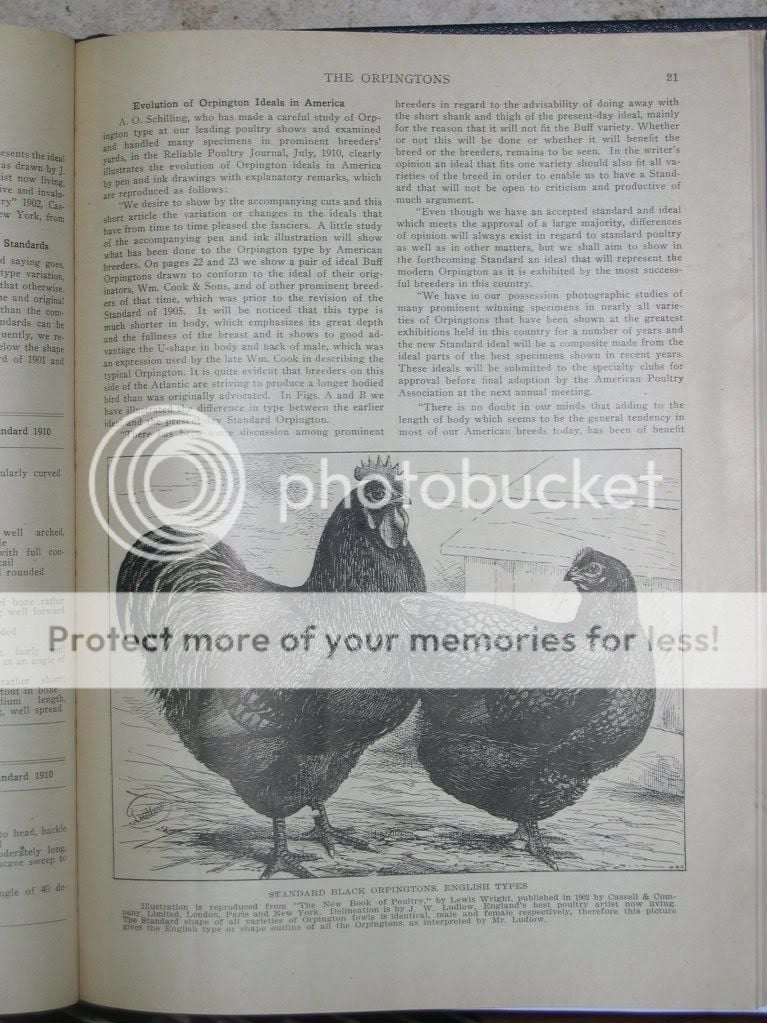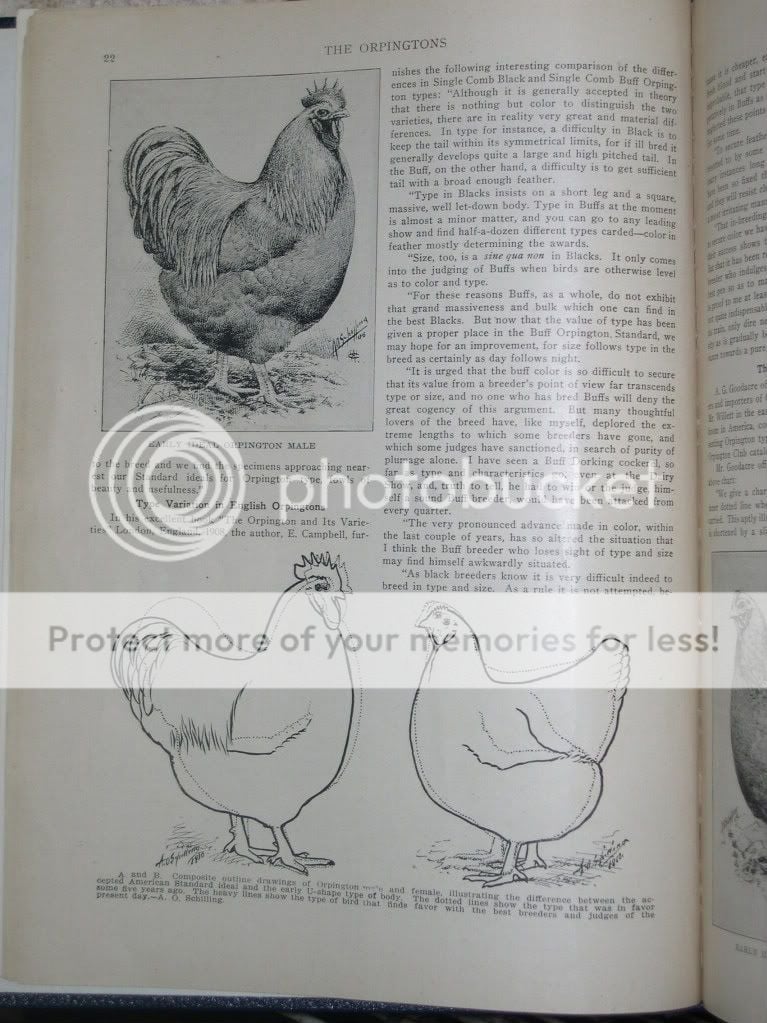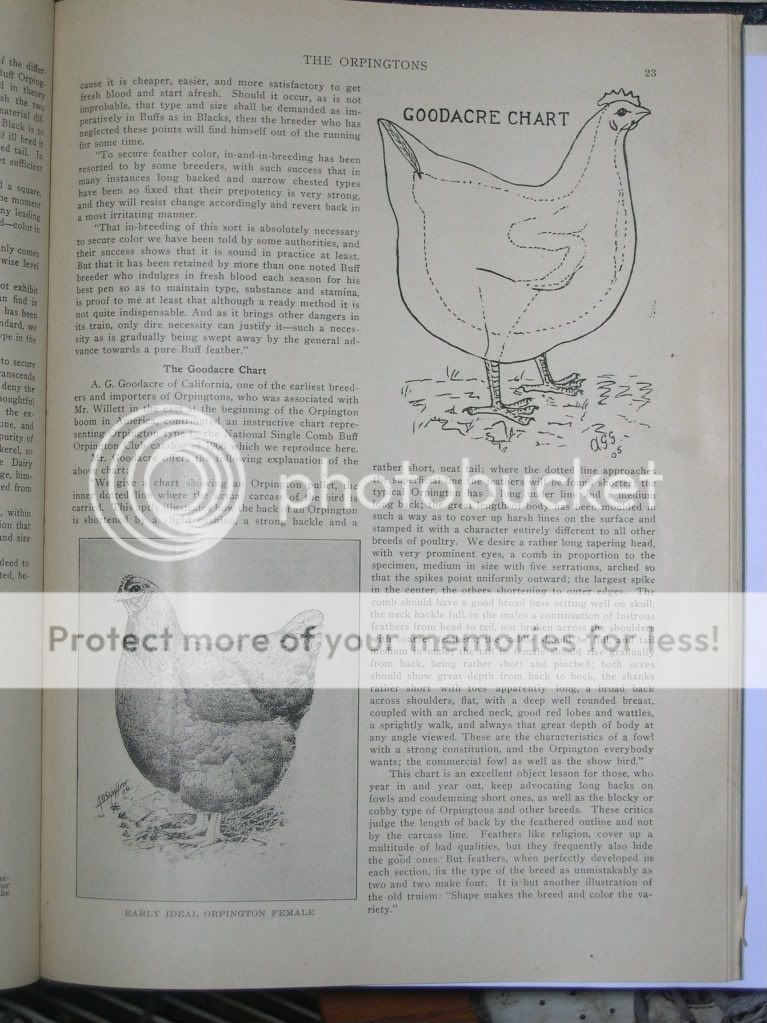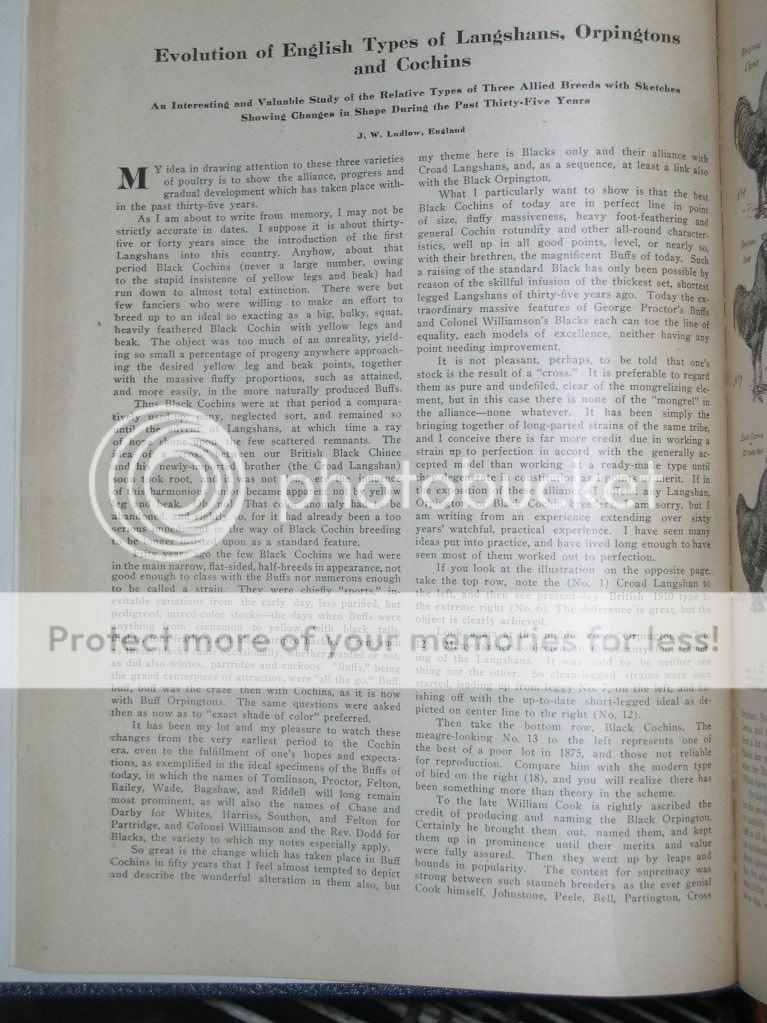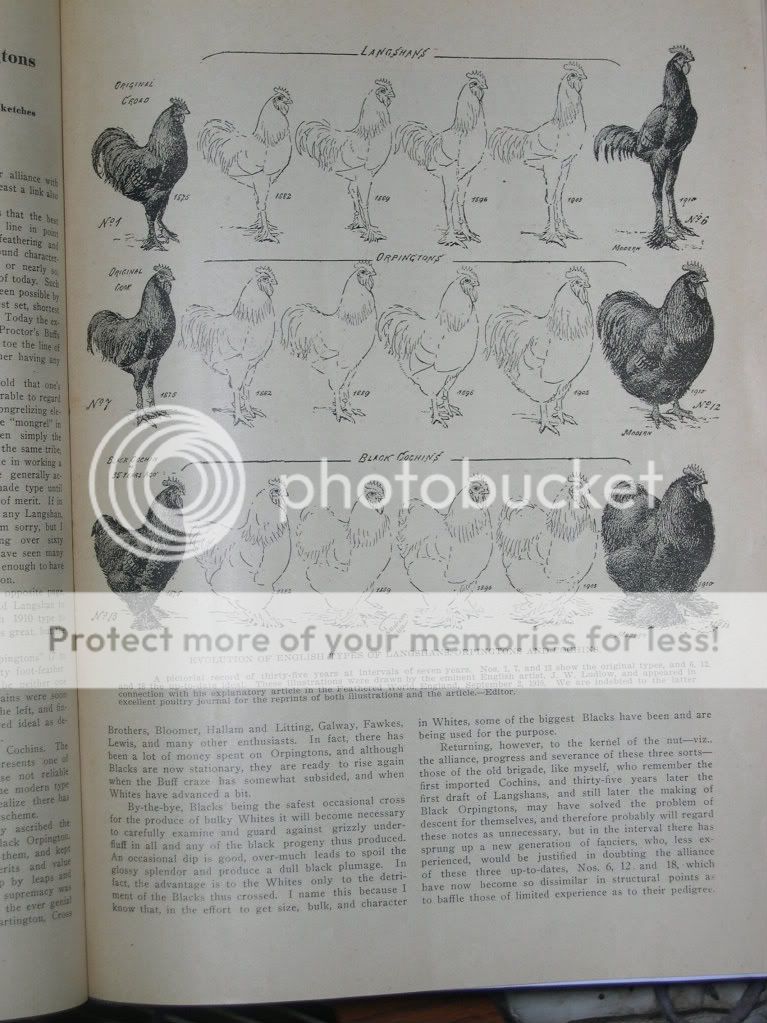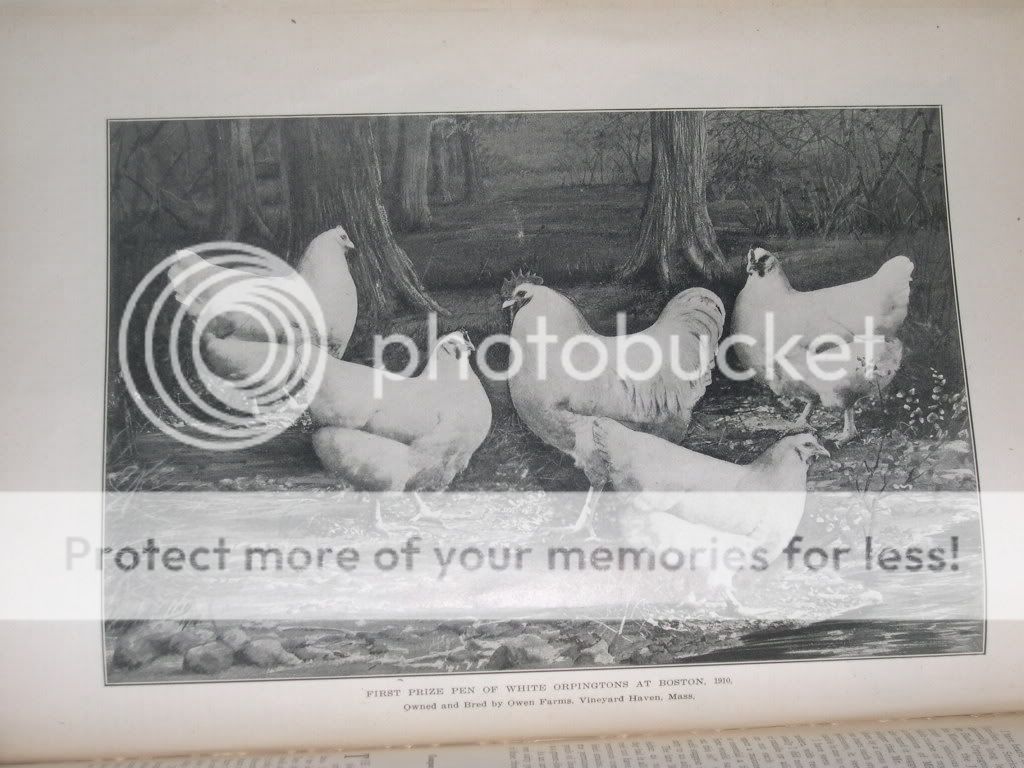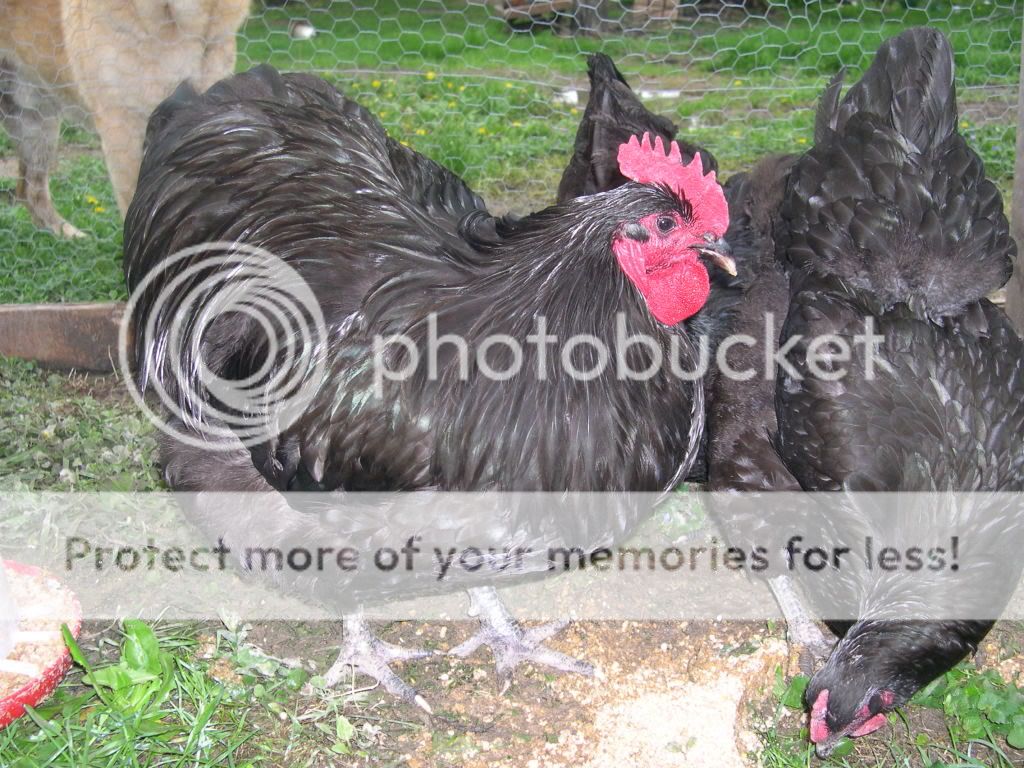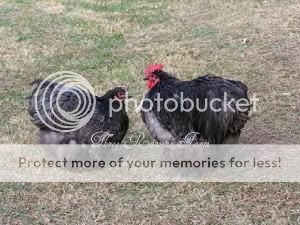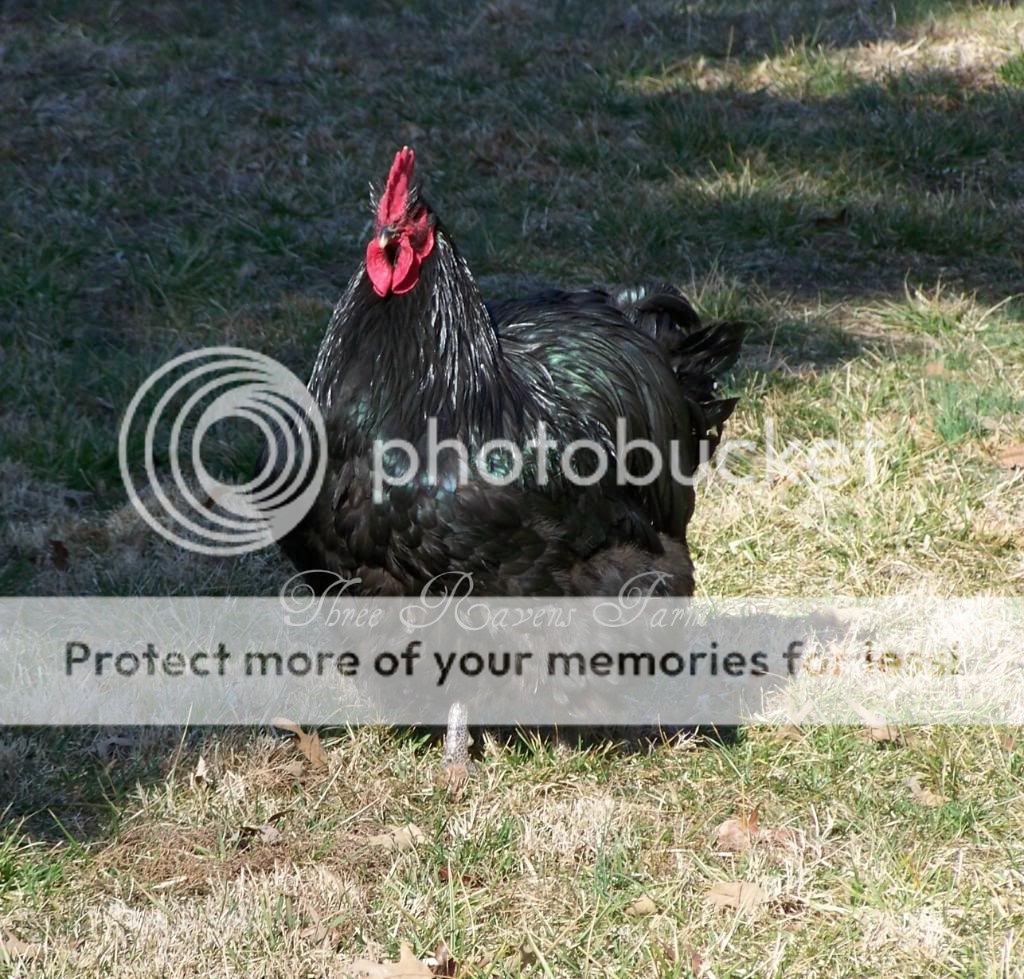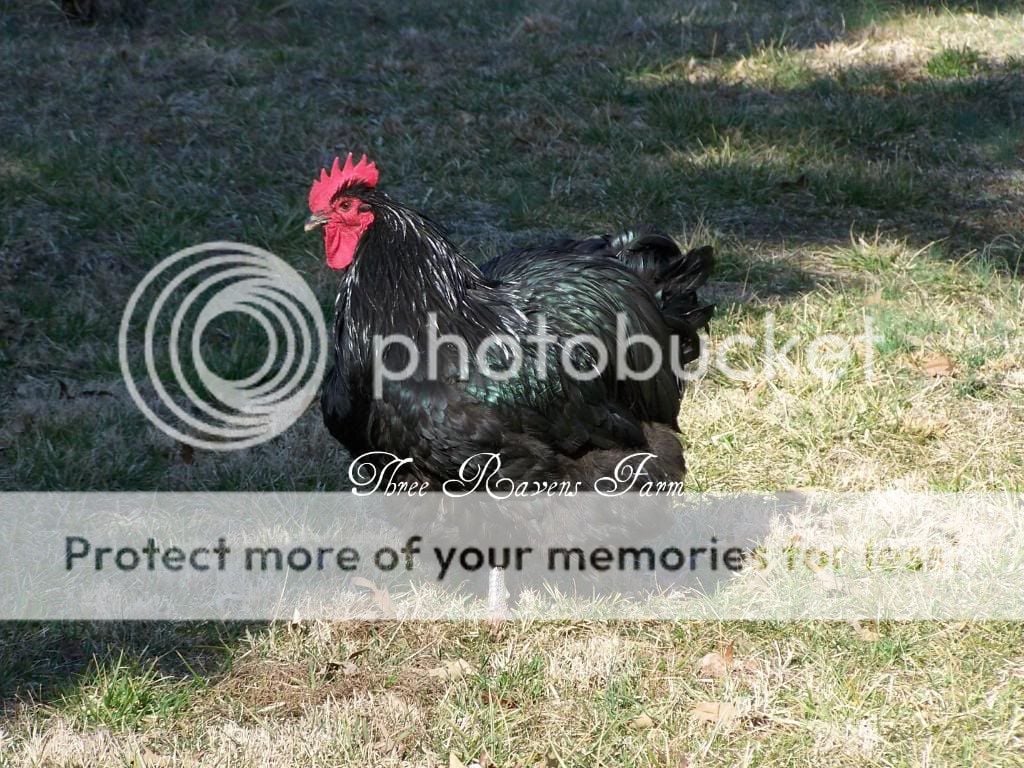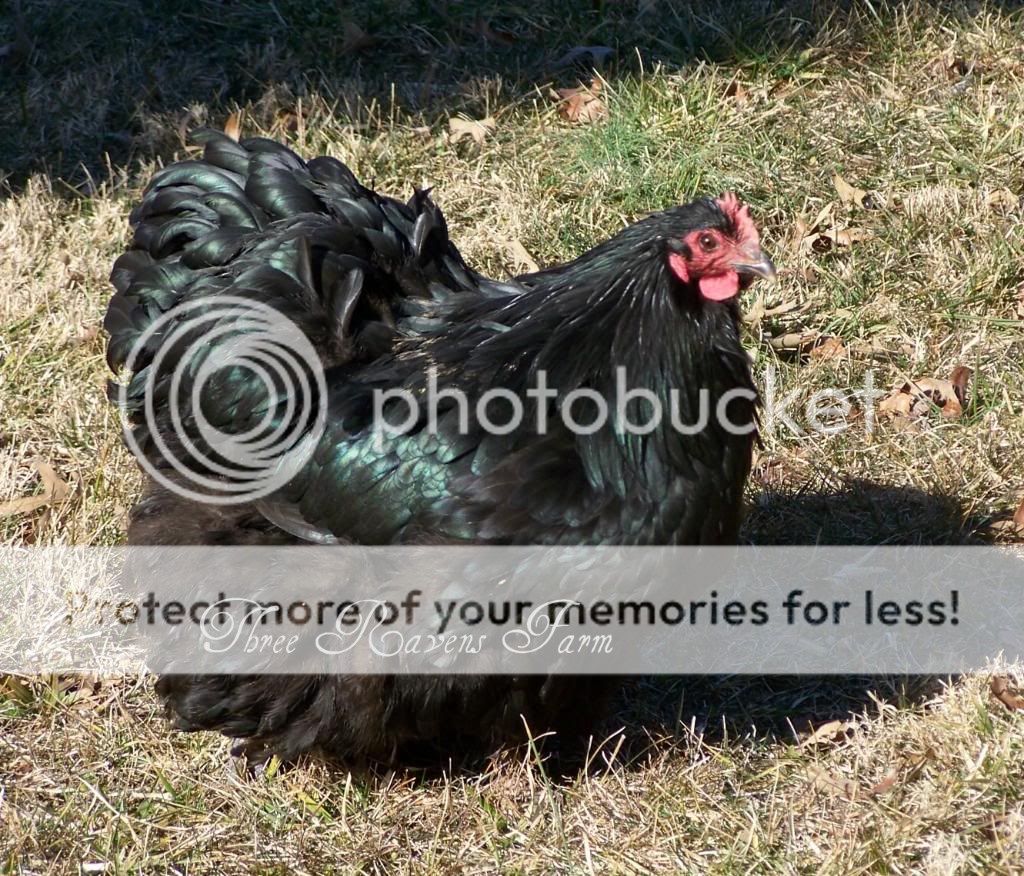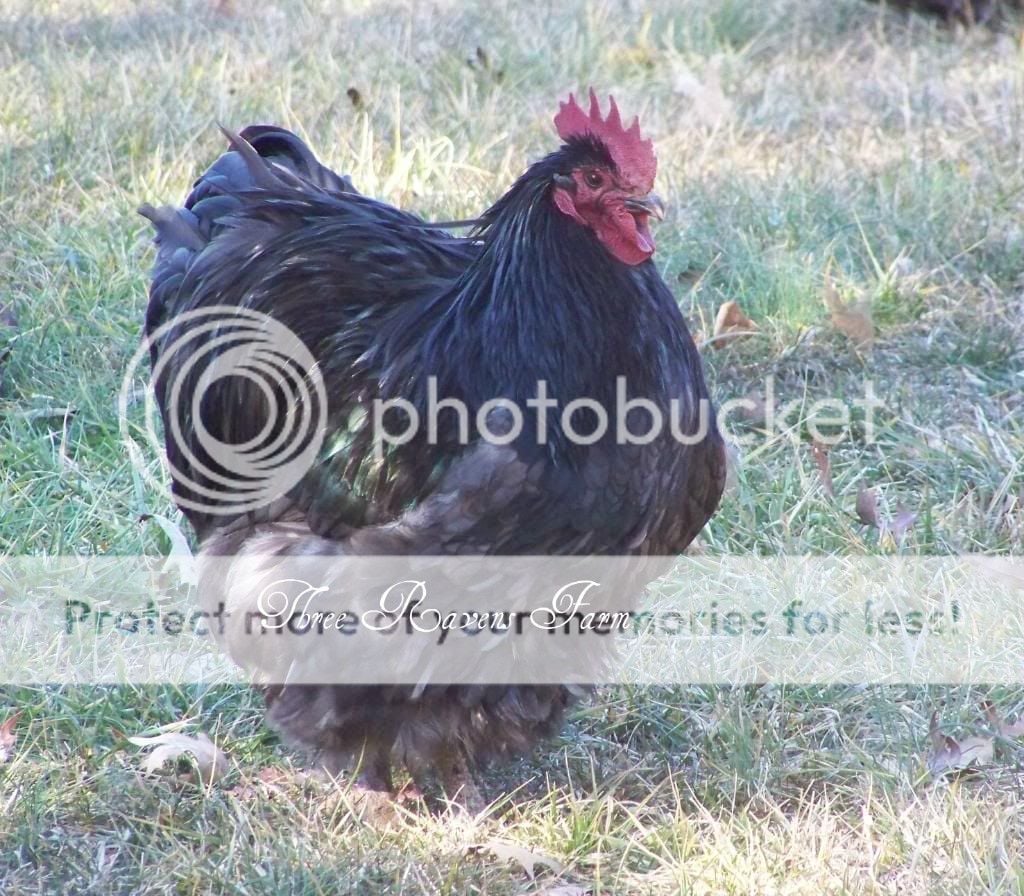A Place to Compare and Contrast the Orpingtons developed in the United Kingdom and continued in the Americas, and how their location has affected their characteristics.
The Orpington vortex is a powerful and difficult force to deny in the land of the Chicken Lovers. Many people grab a hodge podge of chickens only to have the Orpington personality and physical characteristics pull them in deeper. As the new Orpington lovers discover there is much to learn, the teachers are full of passion and there is much debate - which is overwhelming! How can a simple egg machine cause so much consternation??
And so I ask, with many curious on-lookers (and, ahem, potential clients of beautiful birds...) If you breed Orpingtons can you tell us what the differences are between an American bred Orpington and an Orpington which was bred in the United Kingdom?? One of the problems us newbies have, who do not have any connections to the bird world, is we can't call up a friend and drive to their barn to look at their birds. We can't pick up a bird and feel its weight or build or ??, we must milk as much information from a statement or a picture as we can.
Off of the top of my head, I'd love to have answers to the following questions:
Is one bird heavier than the other? Is there less genetic dilution in one line over the other? Are the standards that much different?? What are the goals of each group? What are the advantages of breeding the two lines together?
but would hate for the forum to become a dry place of people answering questions. Let's make this a dynamic discussion of the qualities that make us love the Orpingtons!! So, if you are breeder, could you also tell us why you enjoy the Orpingtons? and what characteristics do you personally breed for?
Thank you!
The Orpington vortex is a powerful and difficult force to deny in the land of the Chicken Lovers. Many people grab a hodge podge of chickens only to have the Orpington personality and physical characteristics pull them in deeper. As the new Orpington lovers discover there is much to learn, the teachers are full of passion and there is much debate - which is overwhelming! How can a simple egg machine cause so much consternation??
And so I ask, with many curious on-lookers (and, ahem, potential clients of beautiful birds...) If you breed Orpingtons can you tell us what the differences are between an American bred Orpington and an Orpington which was bred in the United Kingdom?? One of the problems us newbies have, who do not have any connections to the bird world, is we can't call up a friend and drive to their barn to look at their birds. We can't pick up a bird and feel its weight or build or ??, we must milk as much information from a statement or a picture as we can.
Off of the top of my head, I'd love to have answers to the following questions:
Is one bird heavier than the other? Is there less genetic dilution in one line over the other? Are the standards that much different?? What are the goals of each group? What are the advantages of breeding the two lines together?
but would hate for the forum to become a dry place of people answering questions. Let's make this a dynamic discussion of the qualities that make us love the Orpingtons!! So, if you are breeder, could you also tell us why you enjoy the Orpingtons? and what characteristics do you personally breed for?
Thank you!

